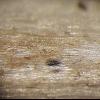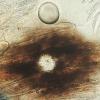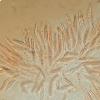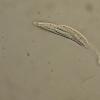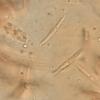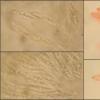
30-12-2025 16:44
Pascal DucosBonjour,Une anamorphe rose stipitée, très nombre

30-12-2025 17:14
 Bernard CLESSE
Bernard CLESSE
Bonjour à toutes et tous,Pourriez-vous aider Albe

29-12-2025 10:15
Hulda Caroline HolteHello, I found and collected this propoloid ascom

30-12-2025 09:04
Hello.A Pyrenomycete sprouting sparsely but very d

29-12-2025 17:44
Isabelle CharissouBonjour,J'aimerais savoir si d'autres personnes au

12-11-2021 00:03
Lepista ZacariasHi everybody,A week ago in my fiels trip I noticed

29-12-2025 17:12
 Bernard CLESSE
Bernard CLESSE
Bonjour à toutes et tous,Pourriez-vous m'aider à
unitunicate pyreno on herbaceous stem in wet situation, possibly Filipendula ulmaria - S- Sweden
Thomas Læssøe,
19-03-2018 15:15
Tiny immersed pyrenomyces appearing as black specks on surface of stem; tiny (!) frb below. Non beaked. Asci non-loosening, in gelatinous, dissolving hamathecium. Ascus apical apparatus very prominent, base drawn into thin stipe, ca. 50-60 x 8 µm. Spores hyaline, slightly falcate-fusiform, with two large drops making them appear pseudoseptate, 22-30(-35) x 2-2.8(3) µm. without appendages or gel.
Suggestions more than welcome. :-)
Nick Aplin,
19-03-2018 22:55
Re : unitunicate pyreno on herbaceous stem in wet situation, possibly Filipendula ulmaria - S- Sweden
Hi Thomas,
Alas, I don't have a solution to your problem, but I think I collected this species just a couple of weeks later on a Typha leaf (in a place where the plants you mention also grow abundantly).....
Coll: 9th July 2017, River Mole, Gatwick, UK
All my data is identical to yours but the ascospores in my collection were 23-27 x 3.1-4.3 µm and were multiguttulate (but I guess your ascospores are dead which would explain the coalesced droplets and shorter width measurement?)
Sadly I used my specimen up trying to section it (it was too small for my clumsy fingrers!), but if you get any clues I'd be really interested to hear them.
Cheers,
Nick
Alas, I don't have a solution to your problem, but I think I collected this species just a couple of weeks later on a Typha leaf (in a place where the plants you mention also grow abundantly).....
Coll: 9th July 2017, River Mole, Gatwick, UK
All my data is identical to yours but the ascospores in my collection were 23-27 x 3.1-4.3 µm and were multiguttulate (but I guess your ascospores are dead which would explain the coalesced droplets and shorter width measurement?)
Sadly I used my specimen up trying to section it (it was too small for my clumsy fingrers!), but if you get any clues I'd be really interested to hear them.
Cheers,
Nick



